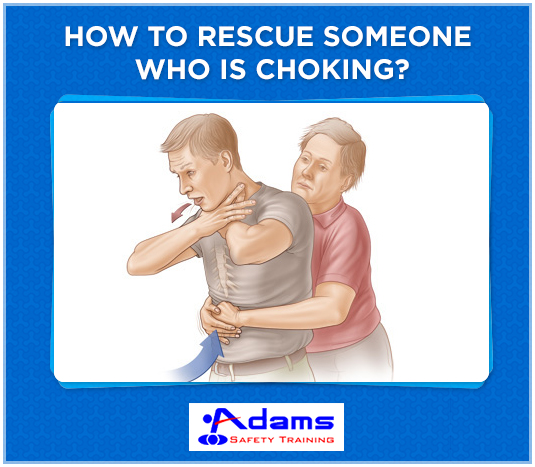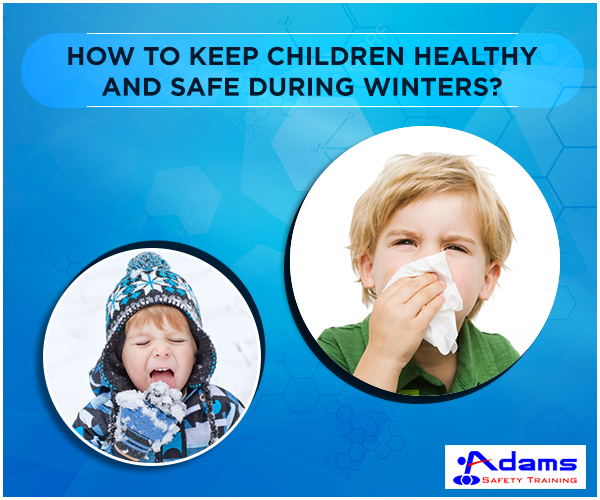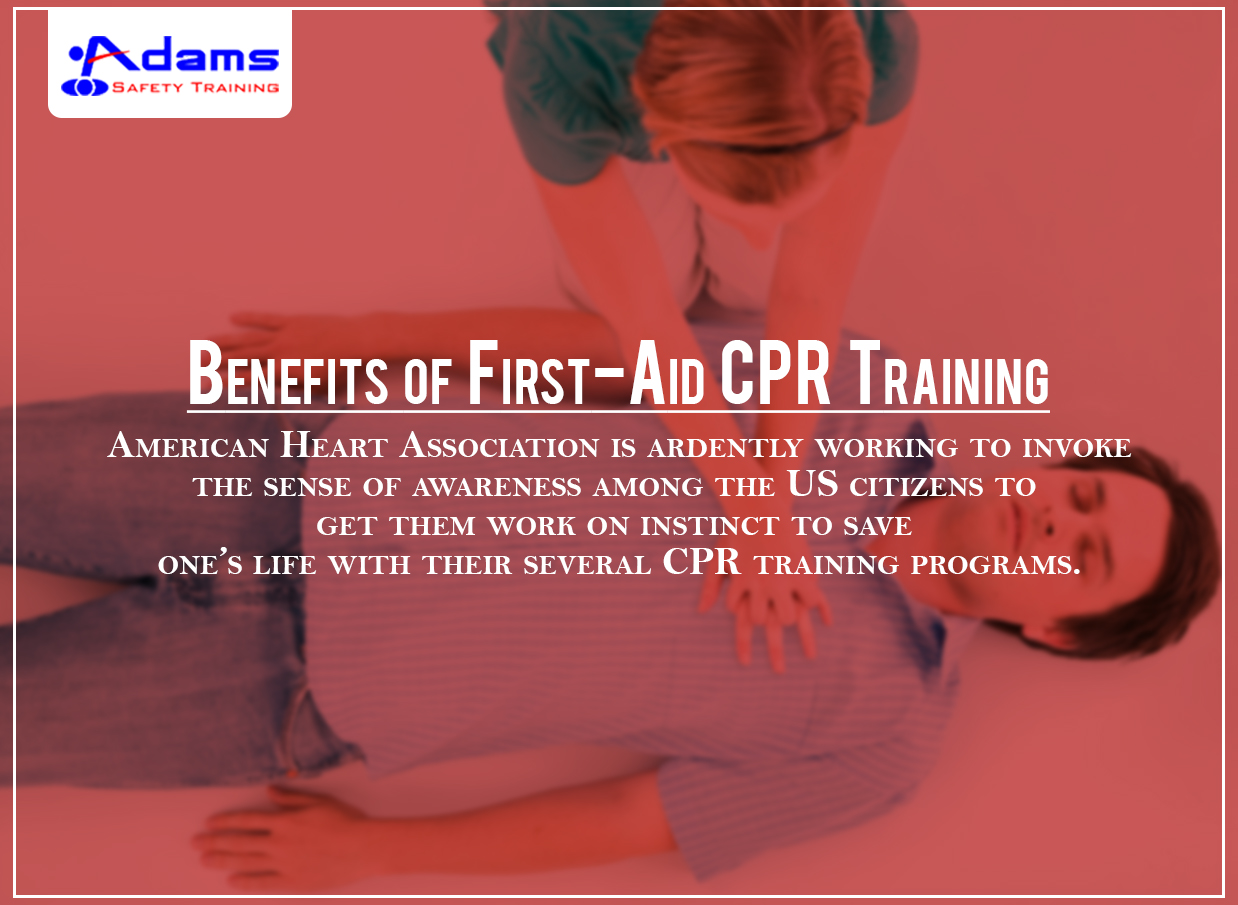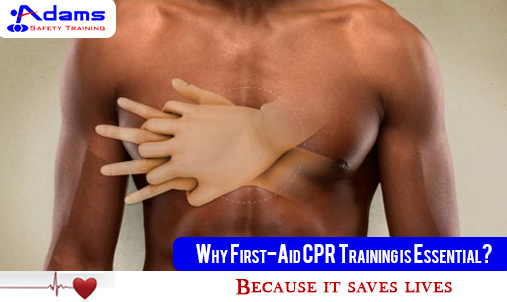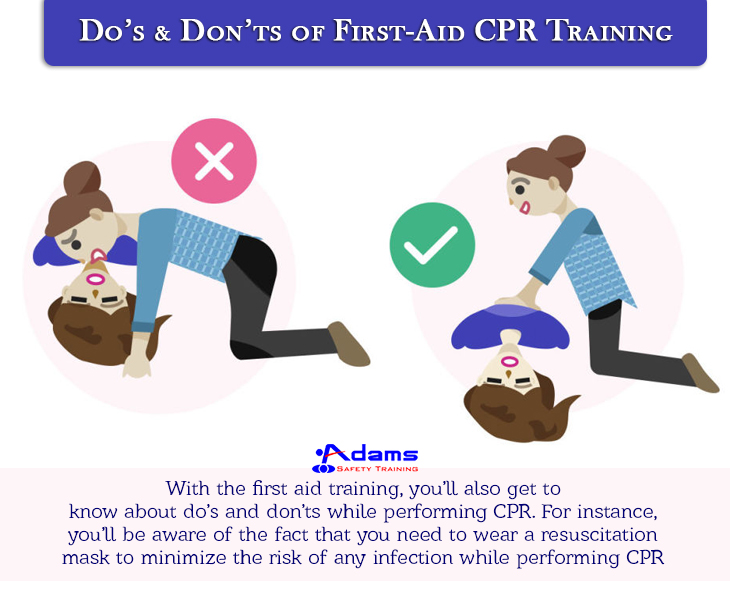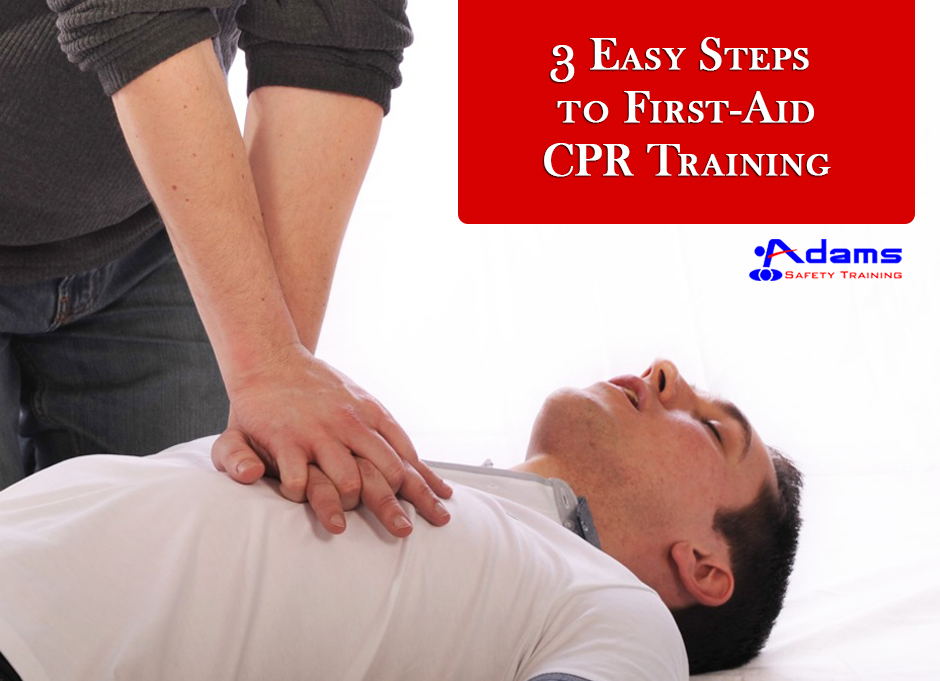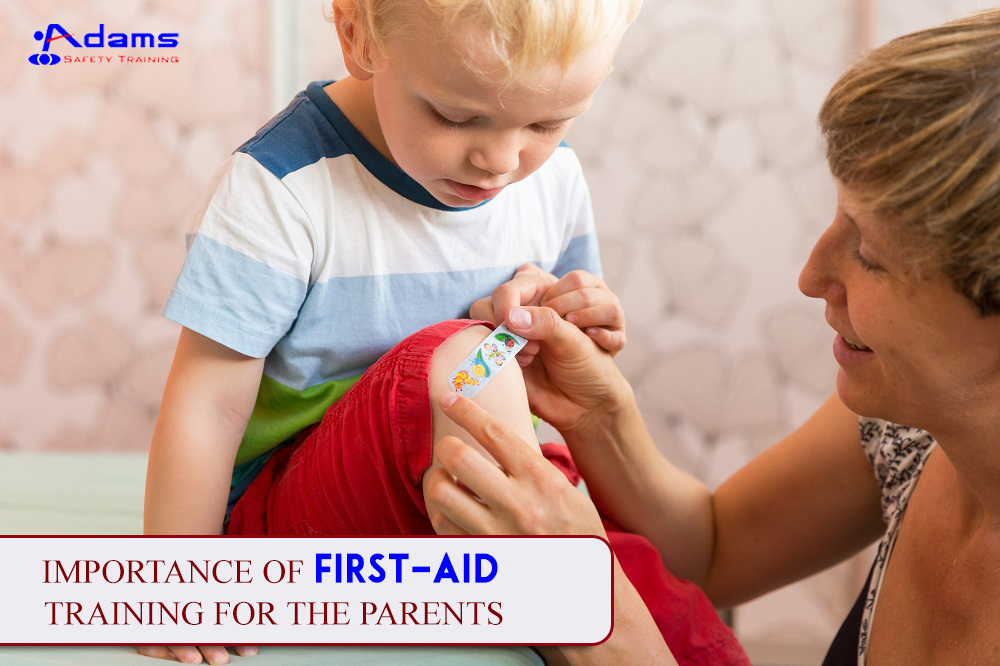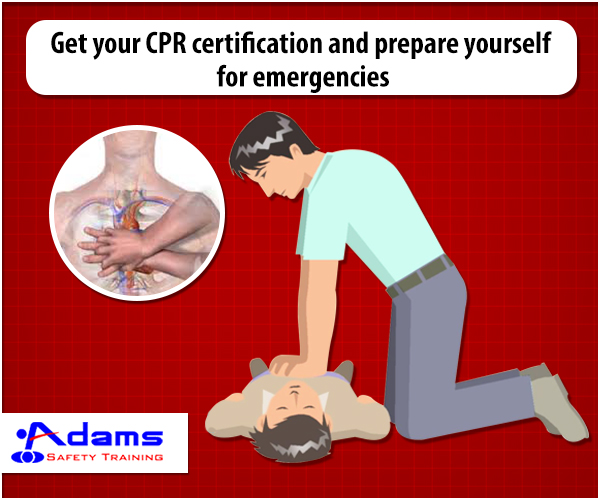In all American schools, a special emphasis on getting CPR training and certification is given. Yet, a maximum number of deaths in America are accredited to the Cardiac Arrest. Imagine if you come across a loved one or even a stranger suffering from a sudden heart attack and you stand there helplessly without any clue as what to do.
By getting proper CPR training you can save someone’s life. You can handle life and death situations.
Many institutes provide online training and issues certificates. To get a proper training you must take classes physically. After taking the training and classes you will gain the expertise relating not only ‘how to’ but also ‘when to’ aspects of a CPR.
There is no need of having a medical background for getting such training. These classes can be attended by people with the basic first aid training. AHA keep issuing updated guidelines for CPR, therefore getting updating training is essential for saving lives.
Benefits of Getting CPR Certification
• You can optimize the time taken for the advanced medical help to reach the patient by giving them a CPR. A precious life can be saved by your hands.
• Many of the professions such as babysitting, teaching or BLS providers demand the candidates with a proper CPR training from a certified institute
• First aid training is more comprehensive and informative. It includes first-aid know-how for emergencies ranging from a mild cut to fractured bones. You can prepare yourselves for taking care of your family and children against accidents.

At Adams Safety Training, we provide First Aid Training, CPR Classes, and BLS training to the entire San Francisco Bay Area. Contact us today to get CPR training and certification.

